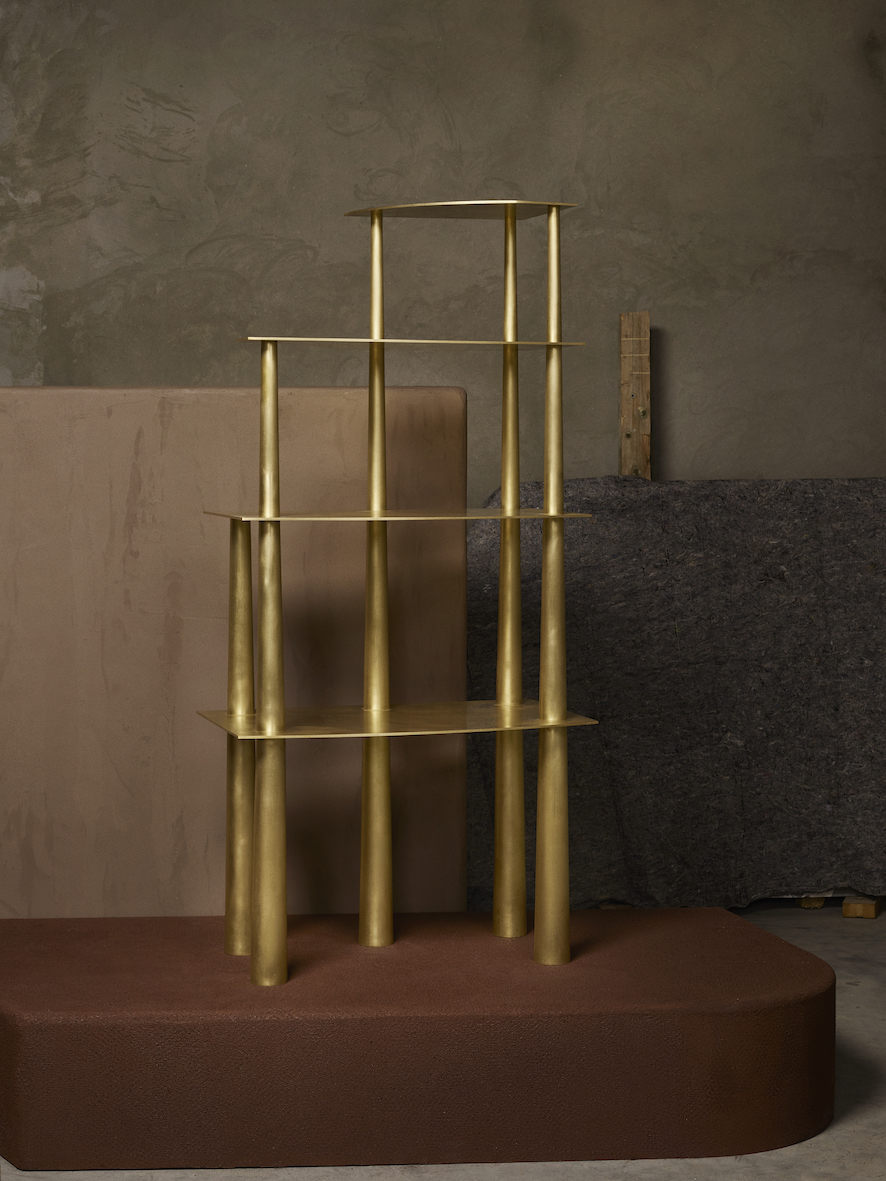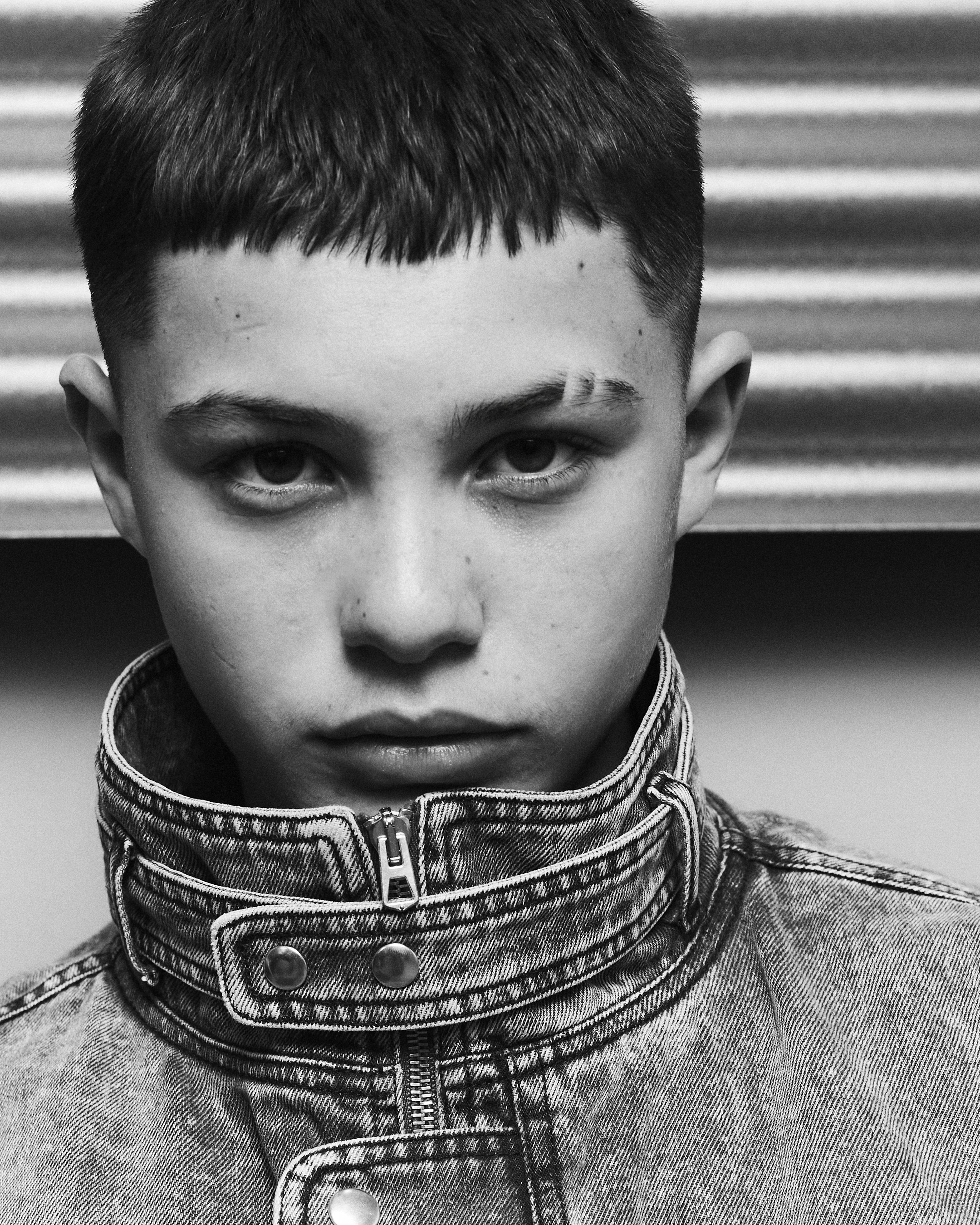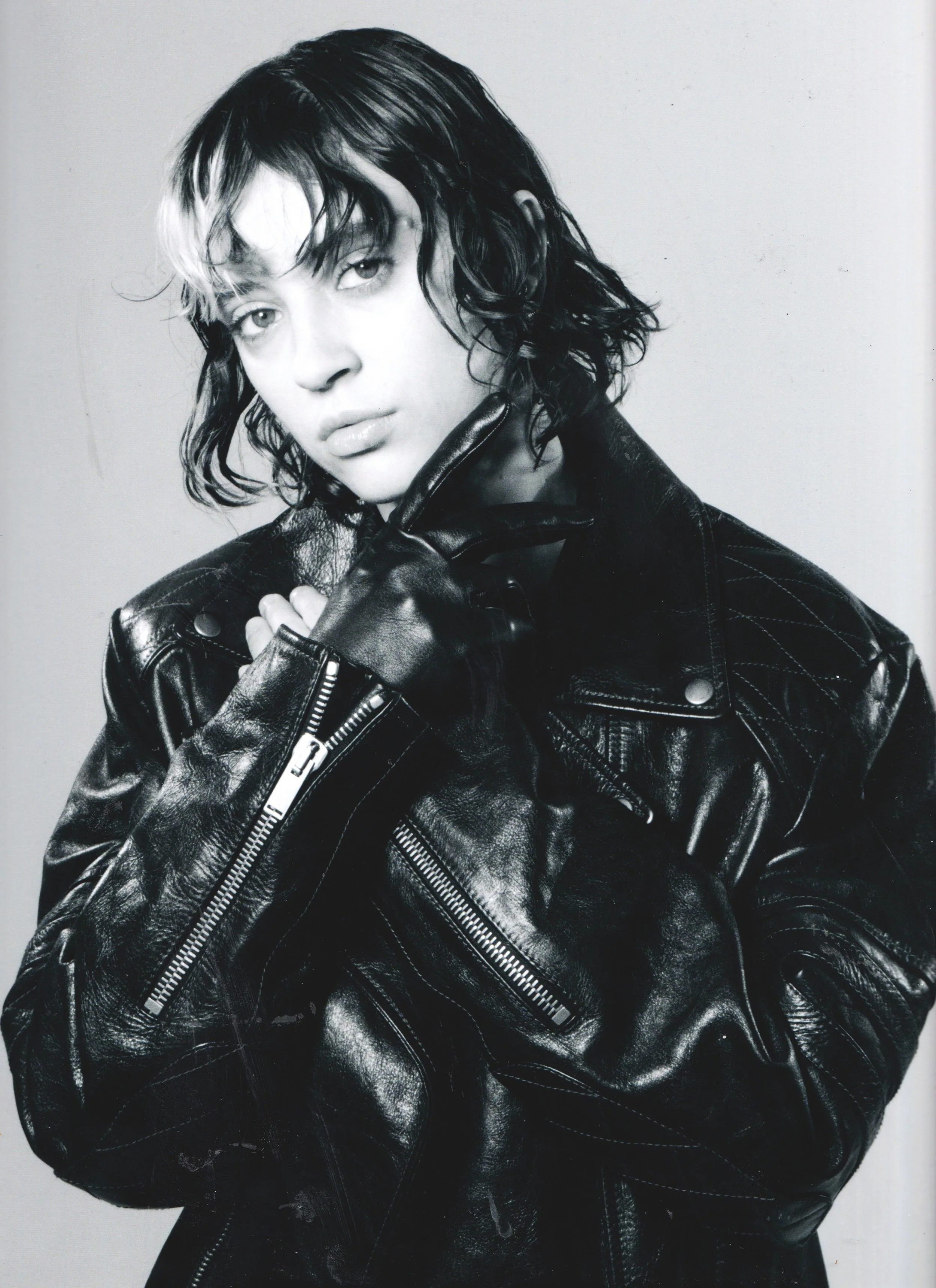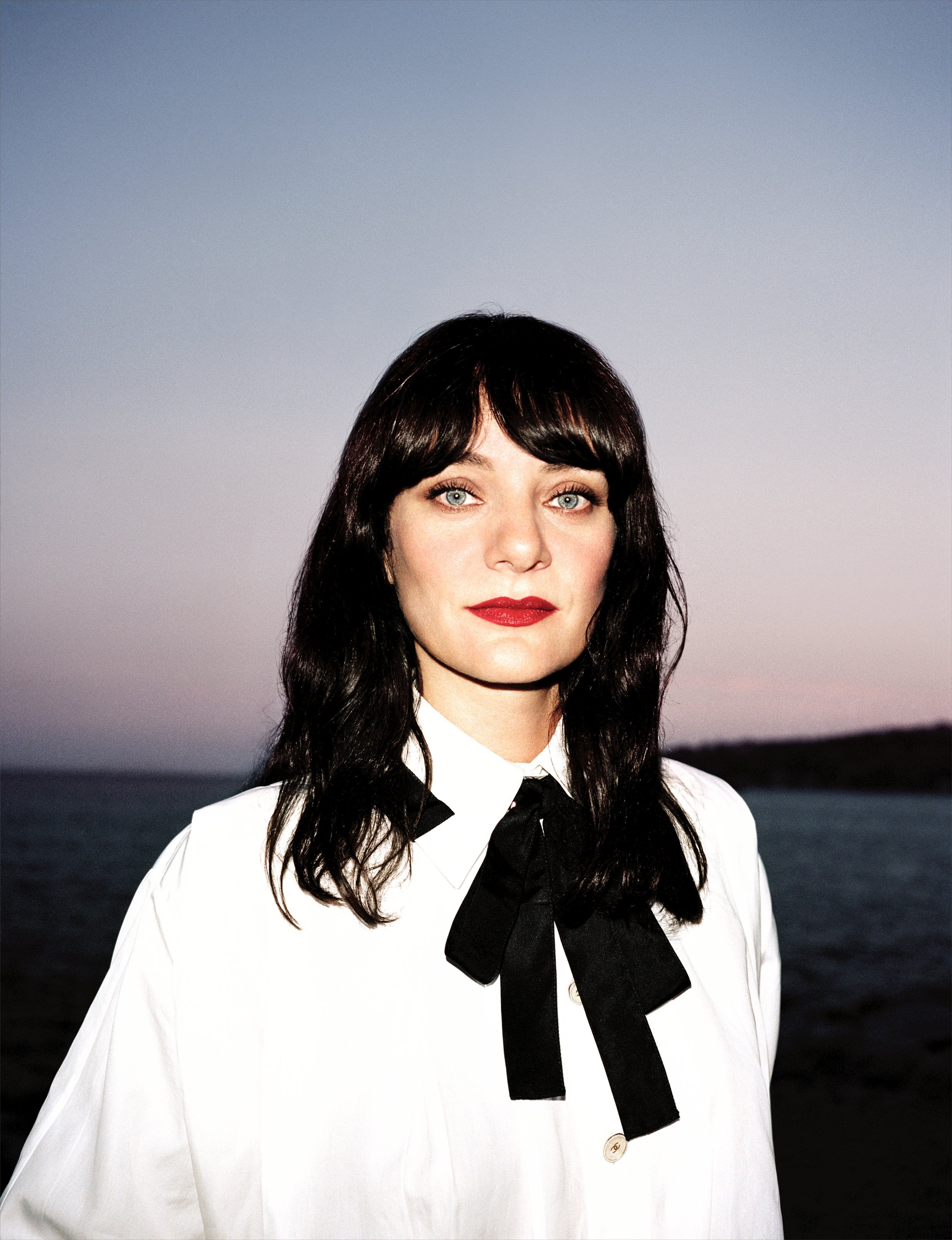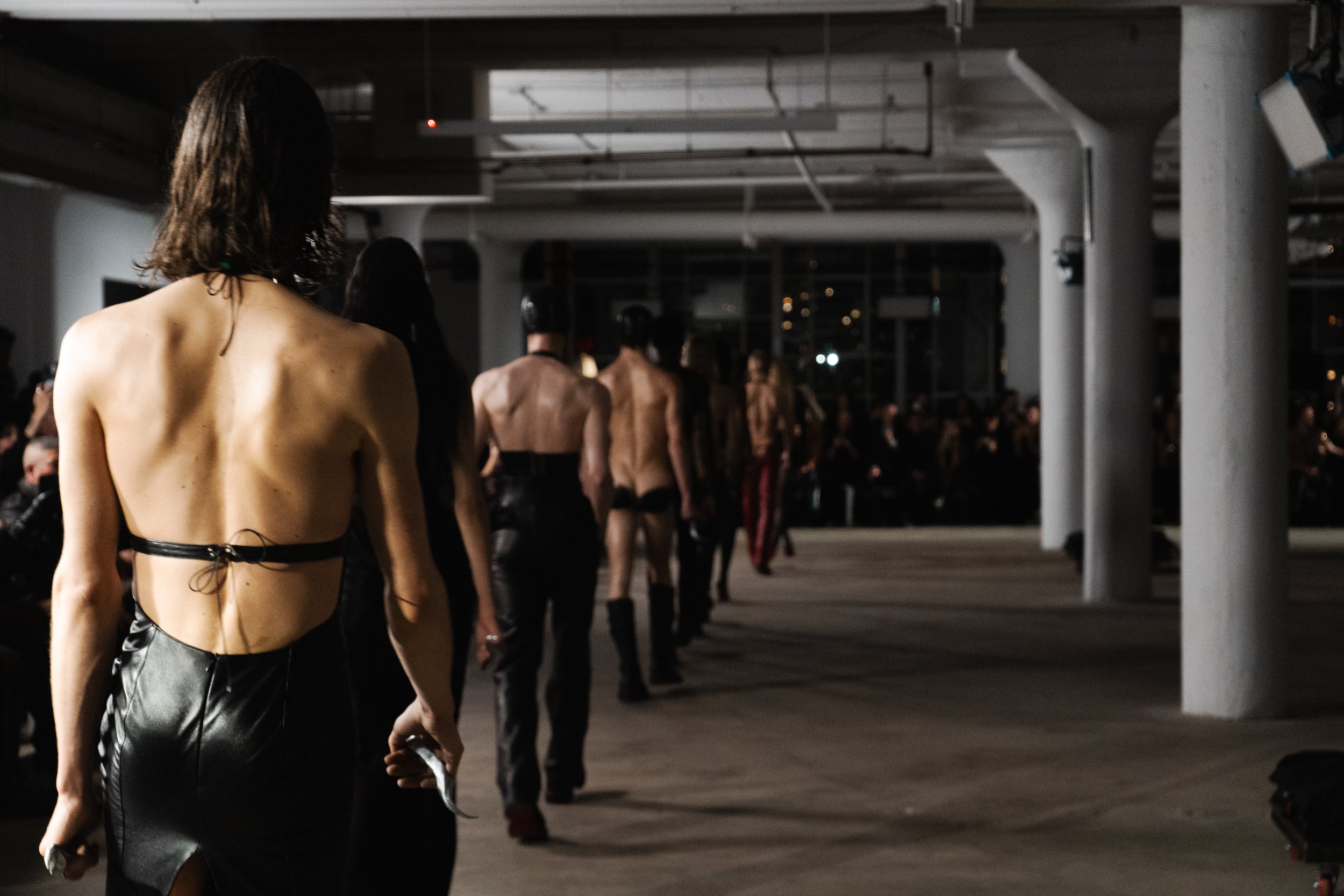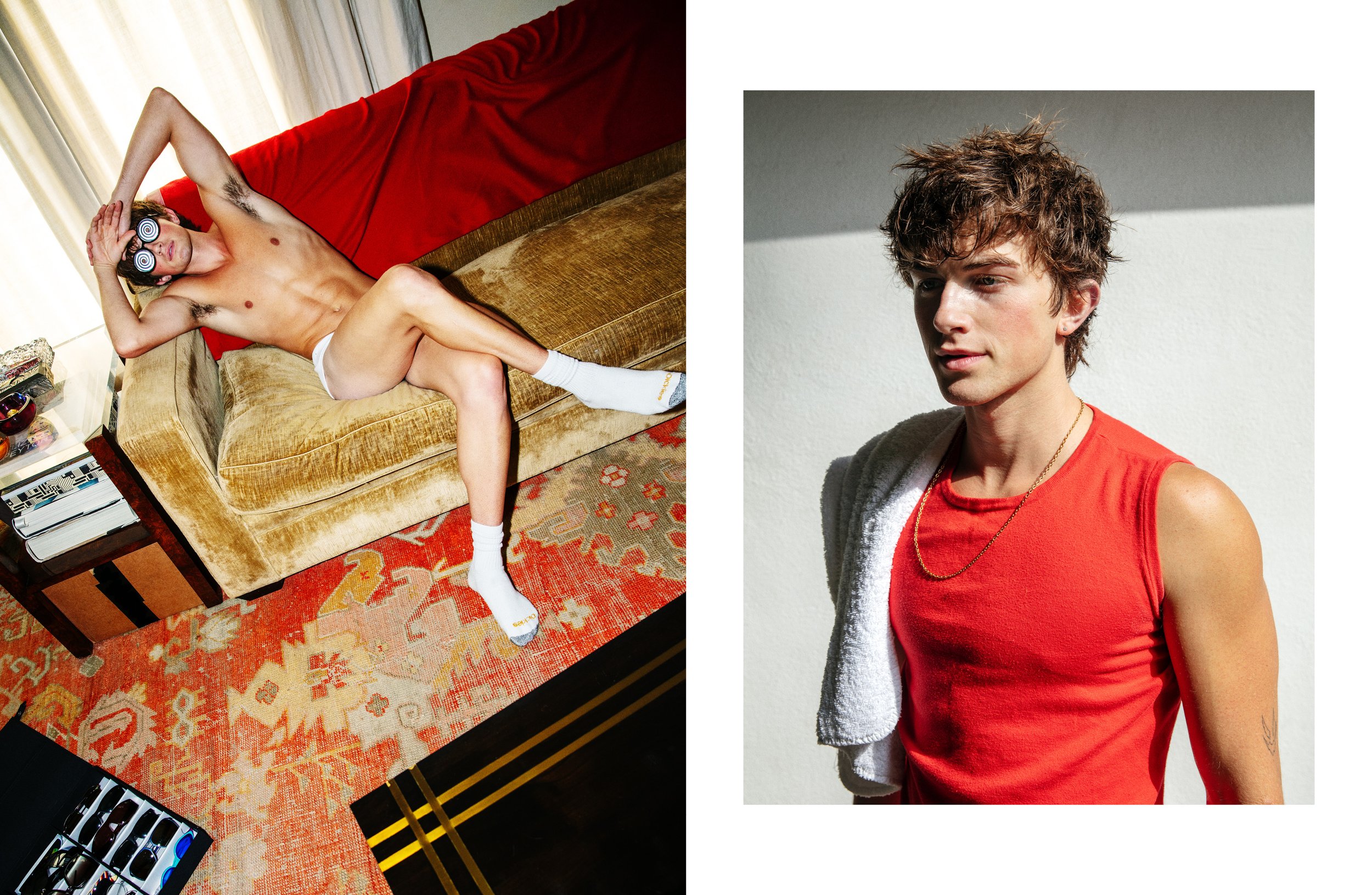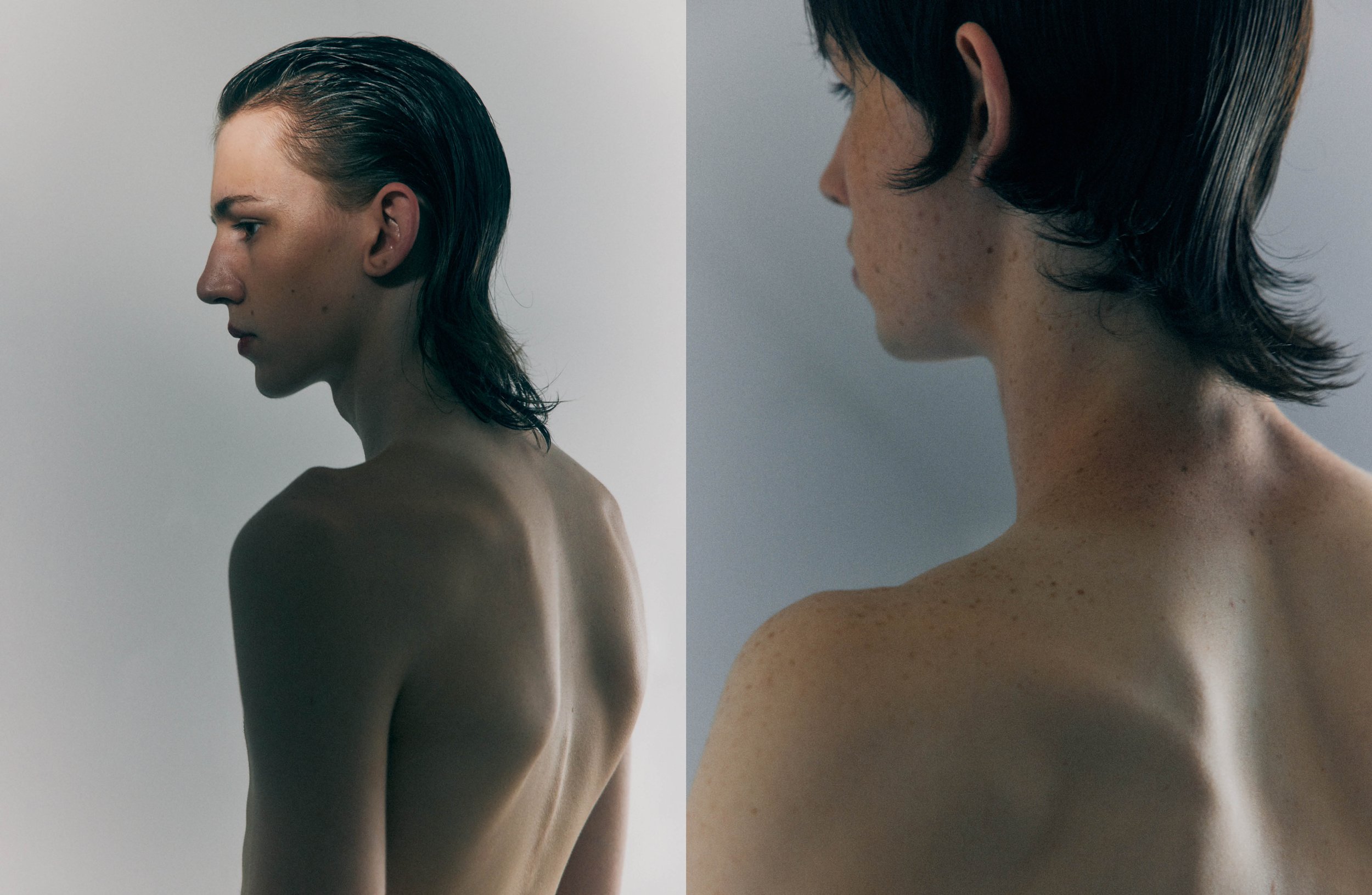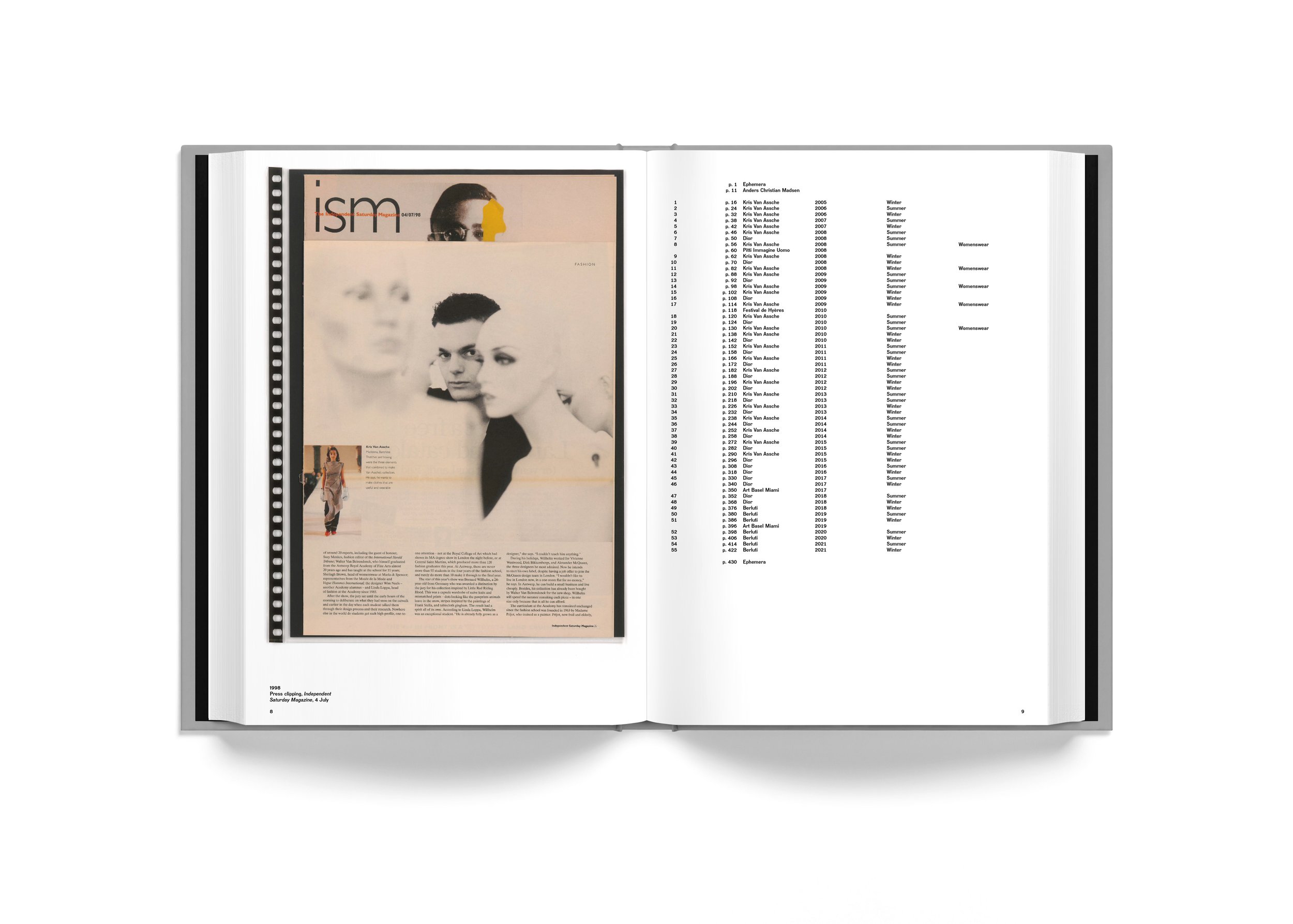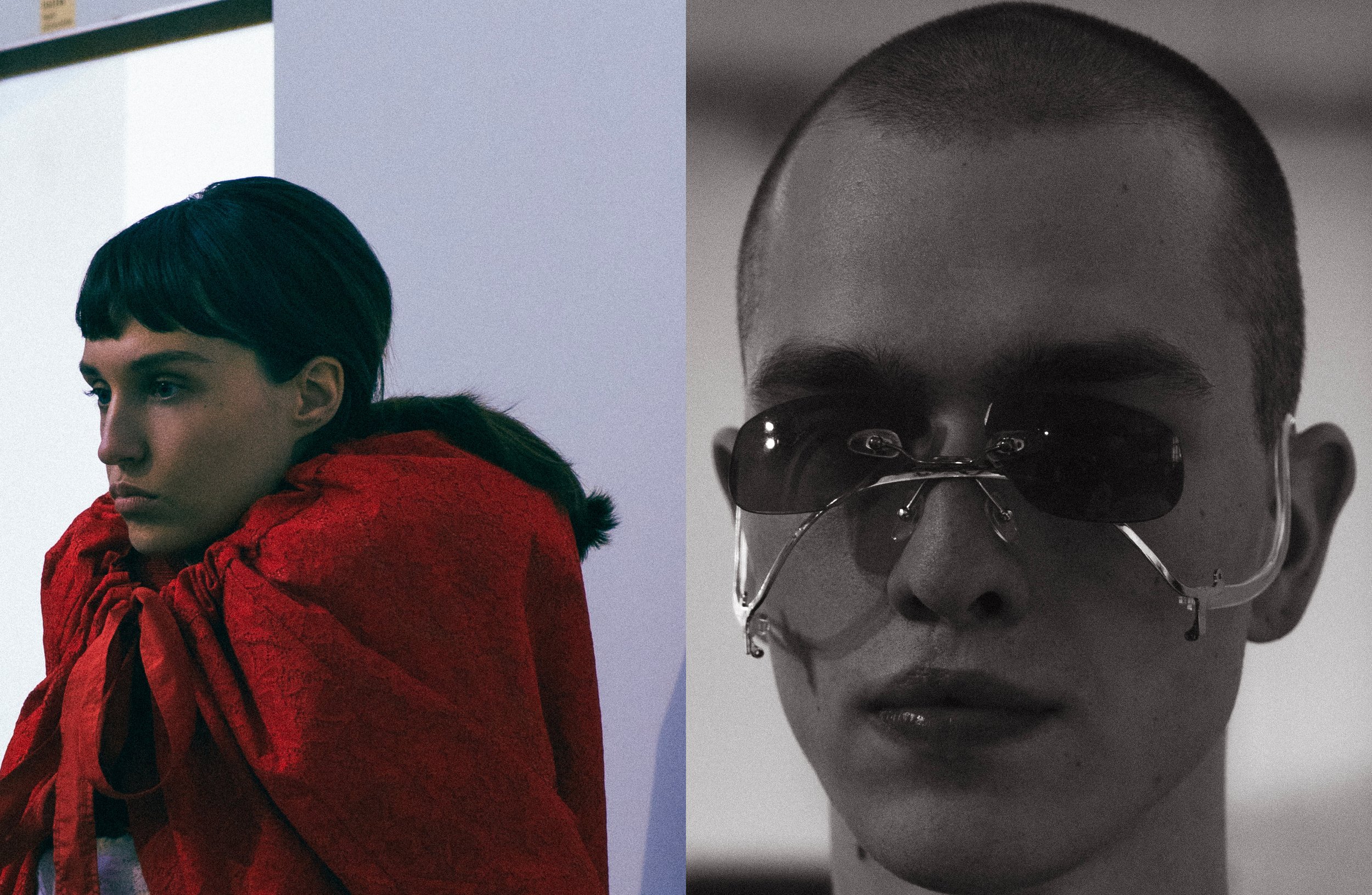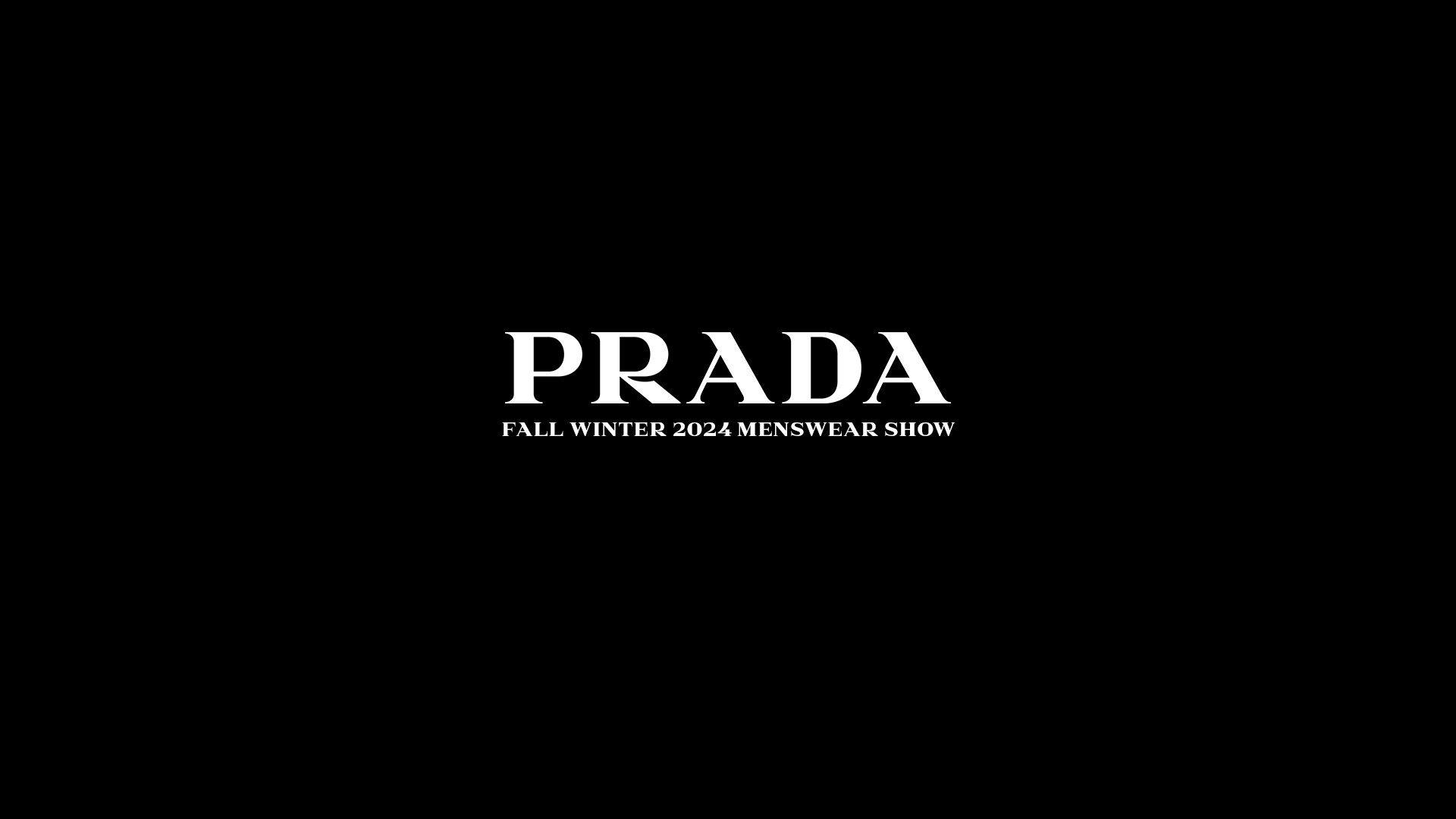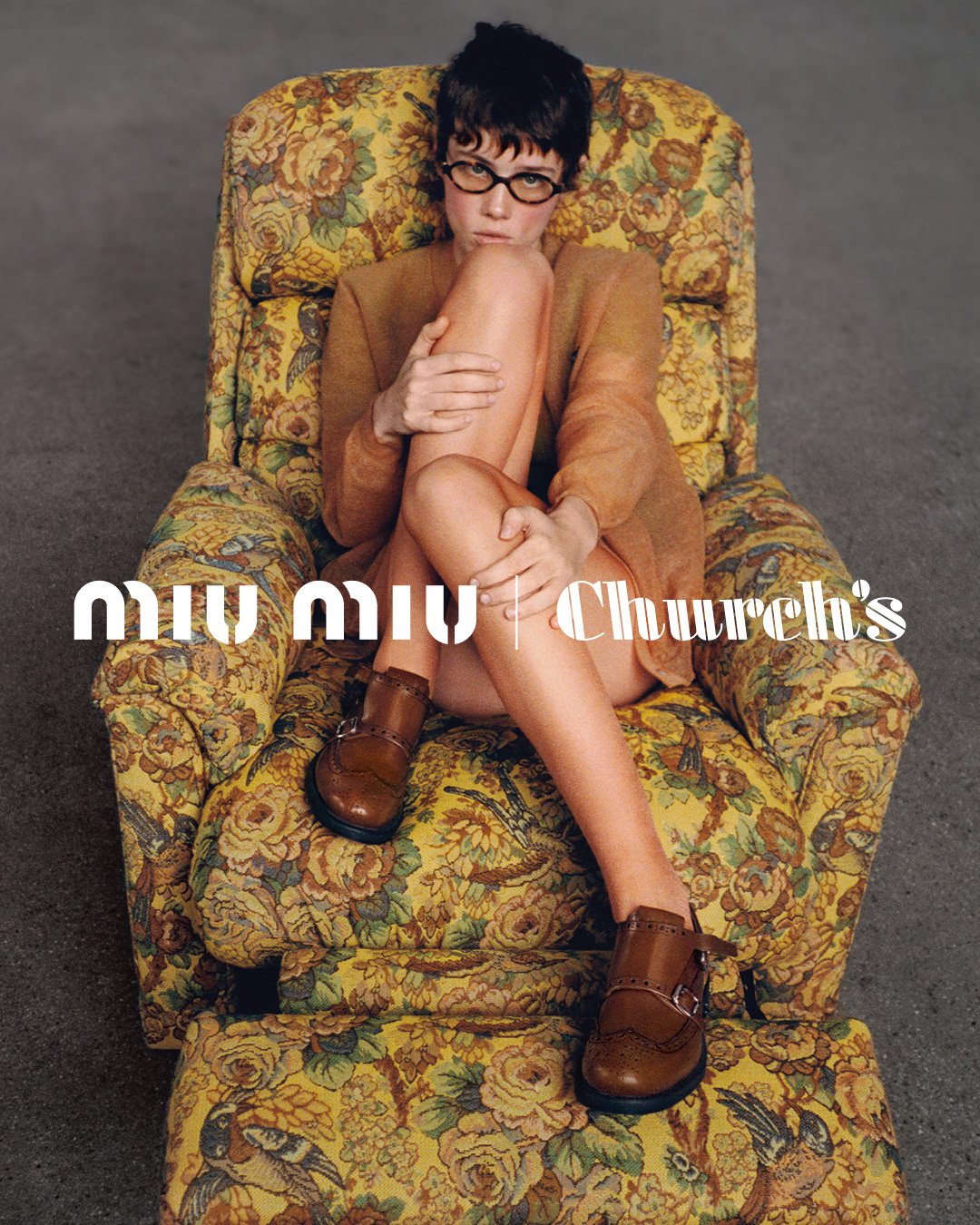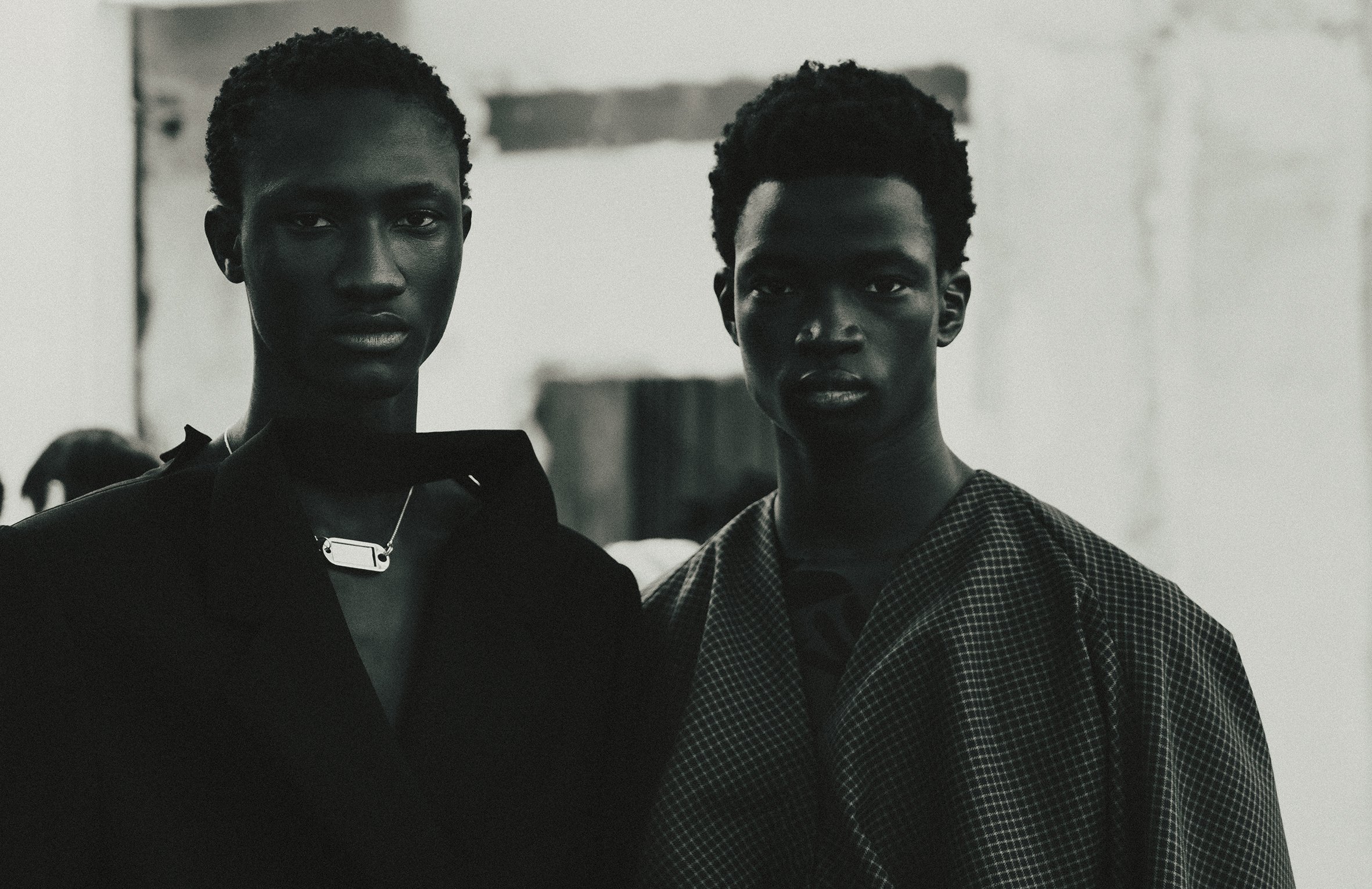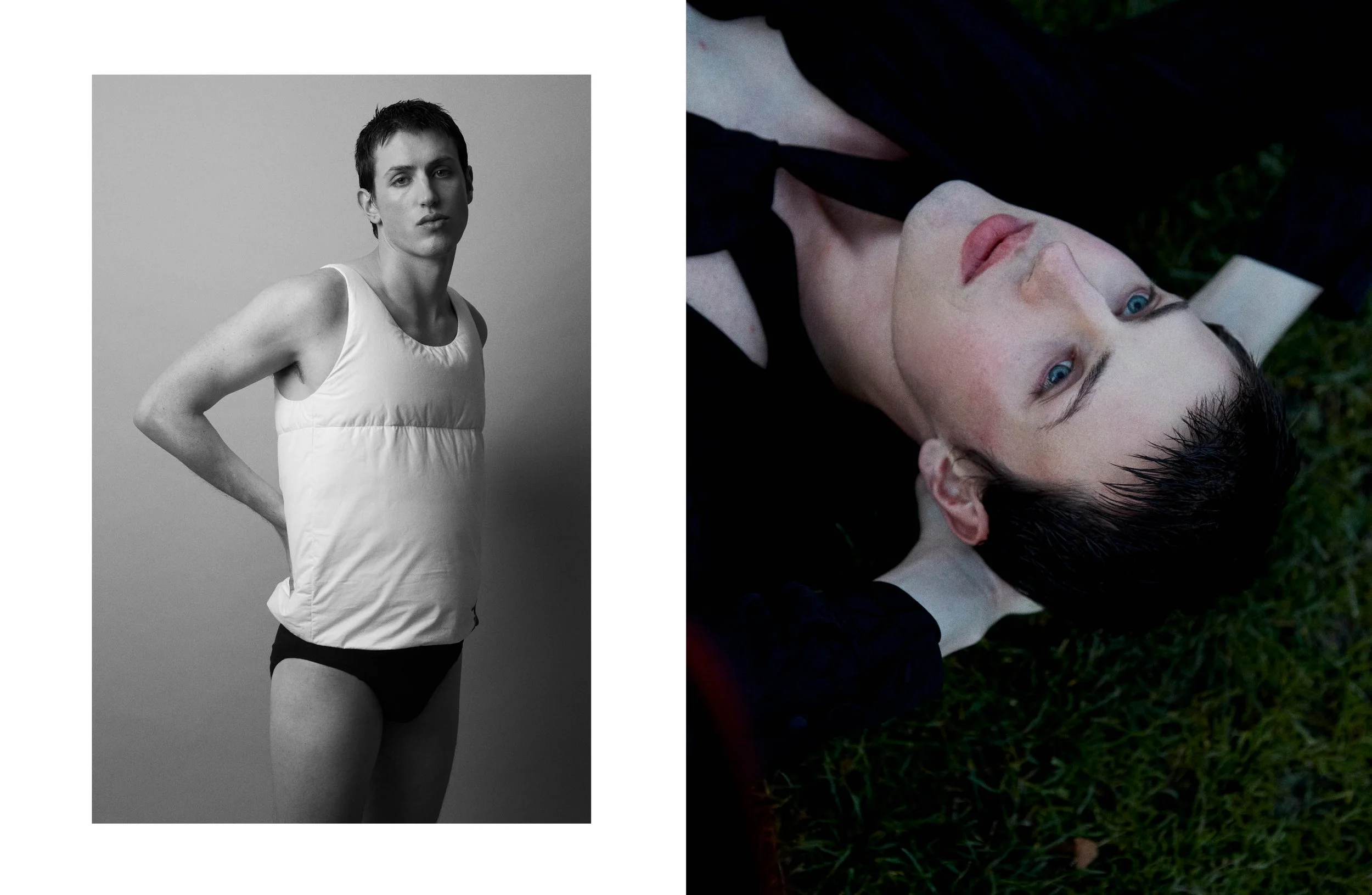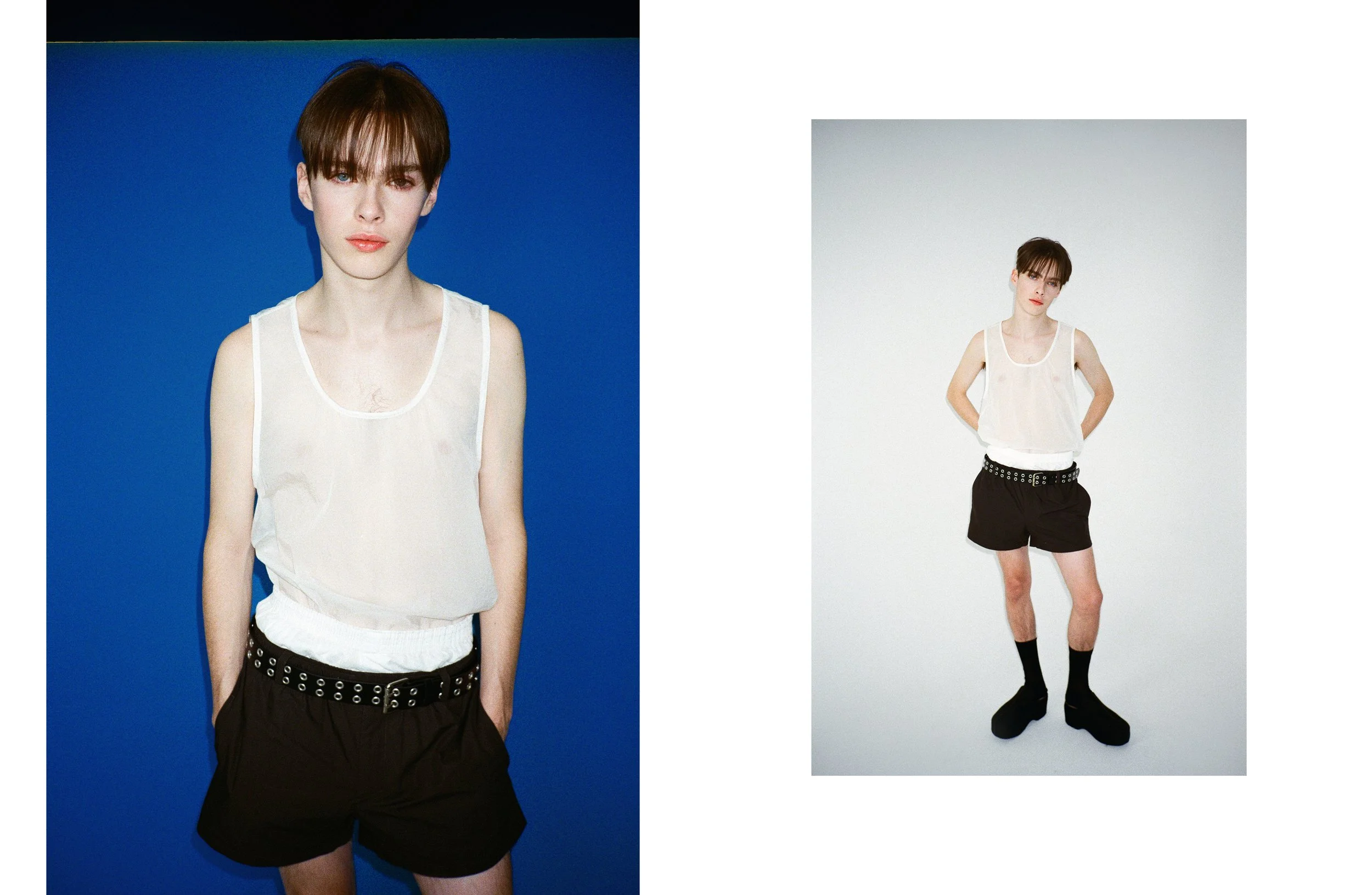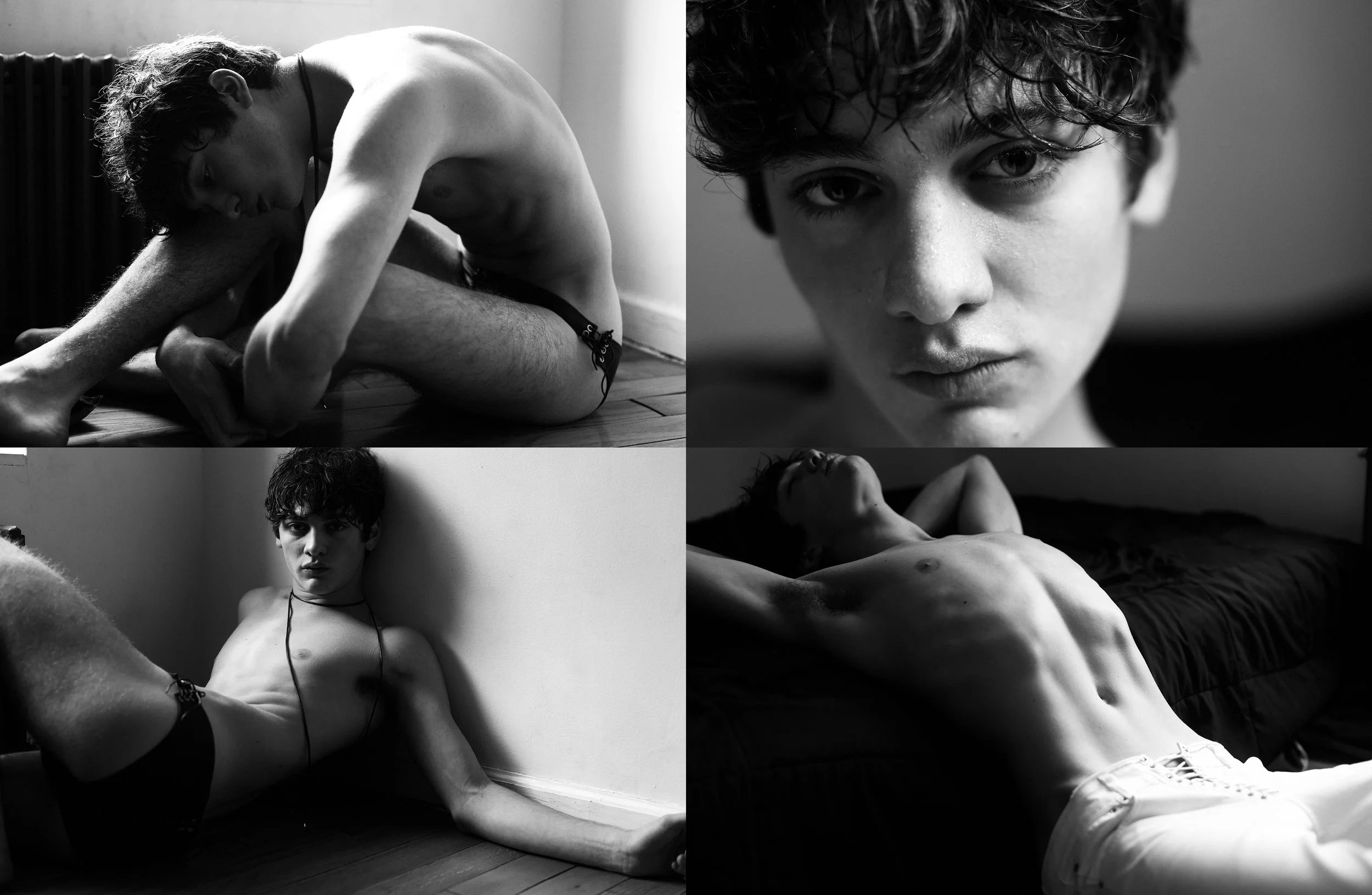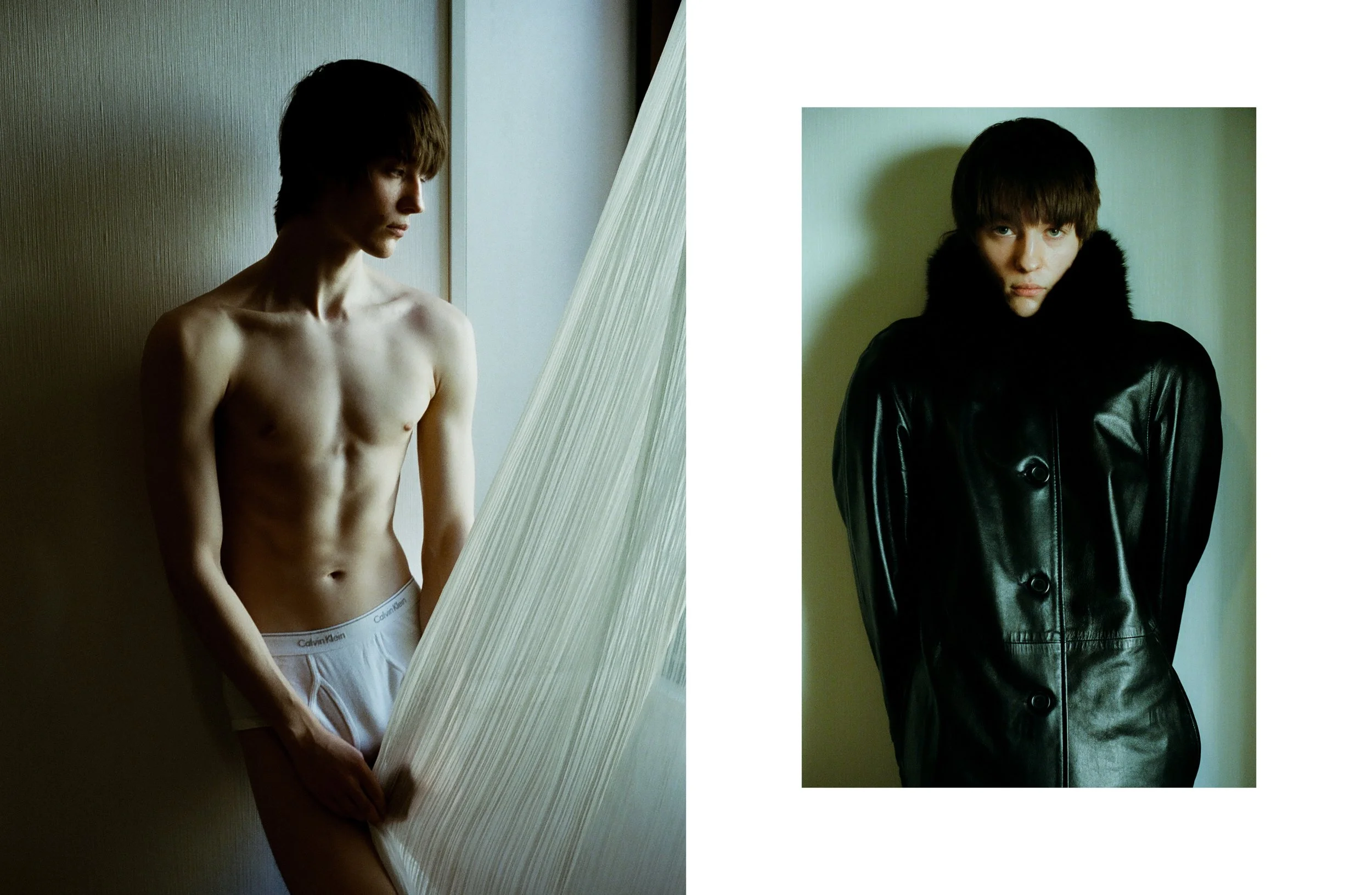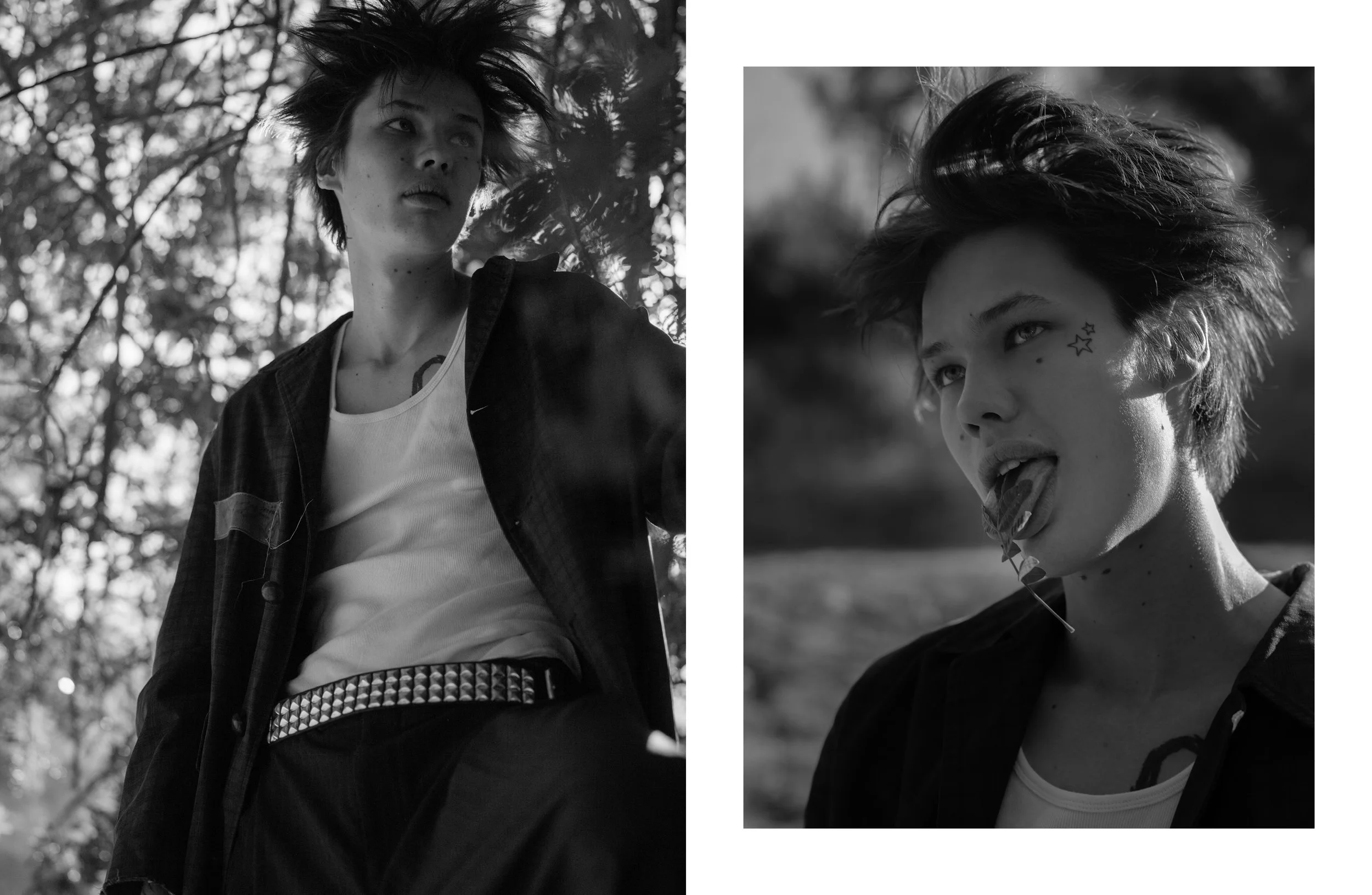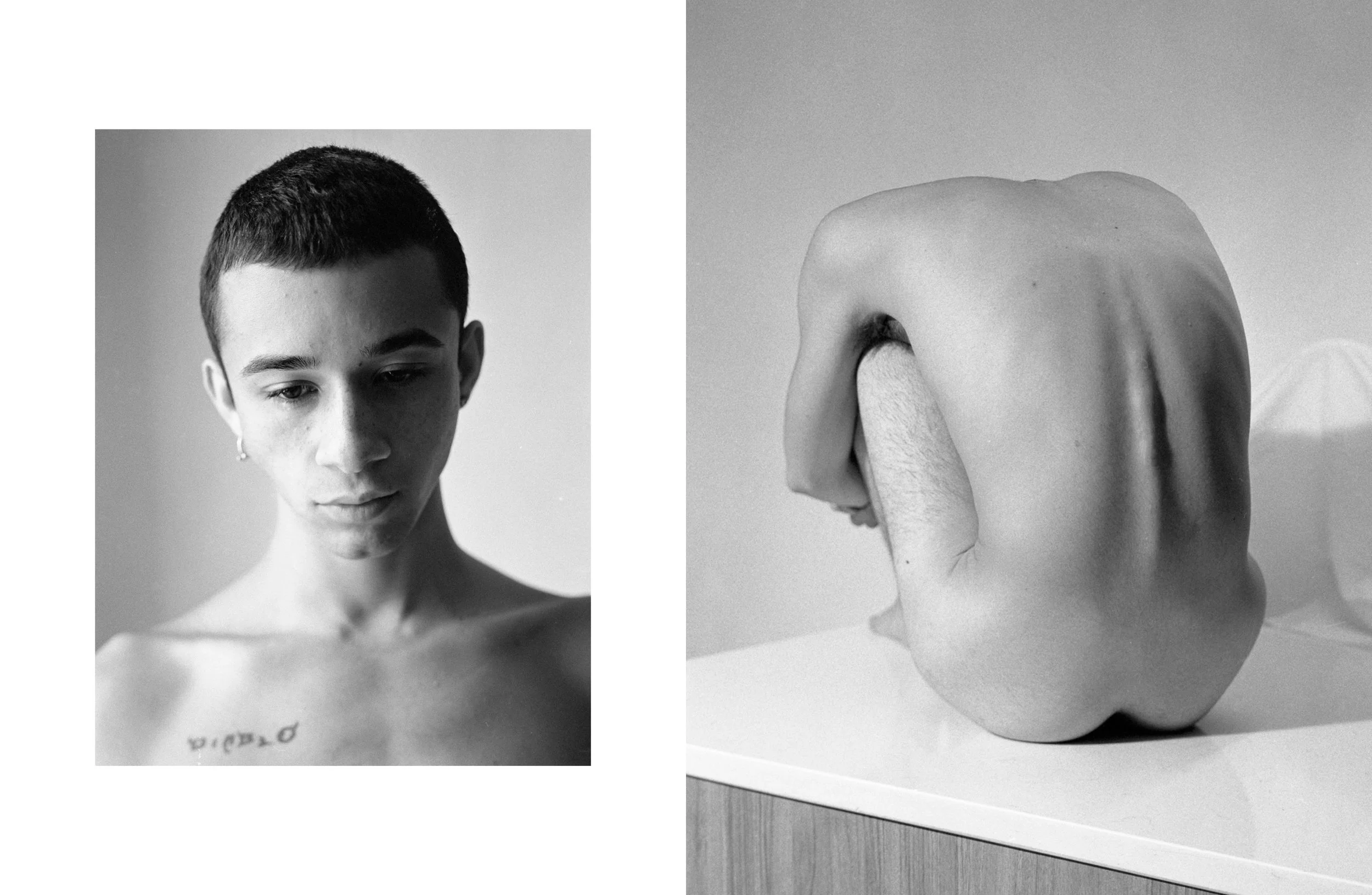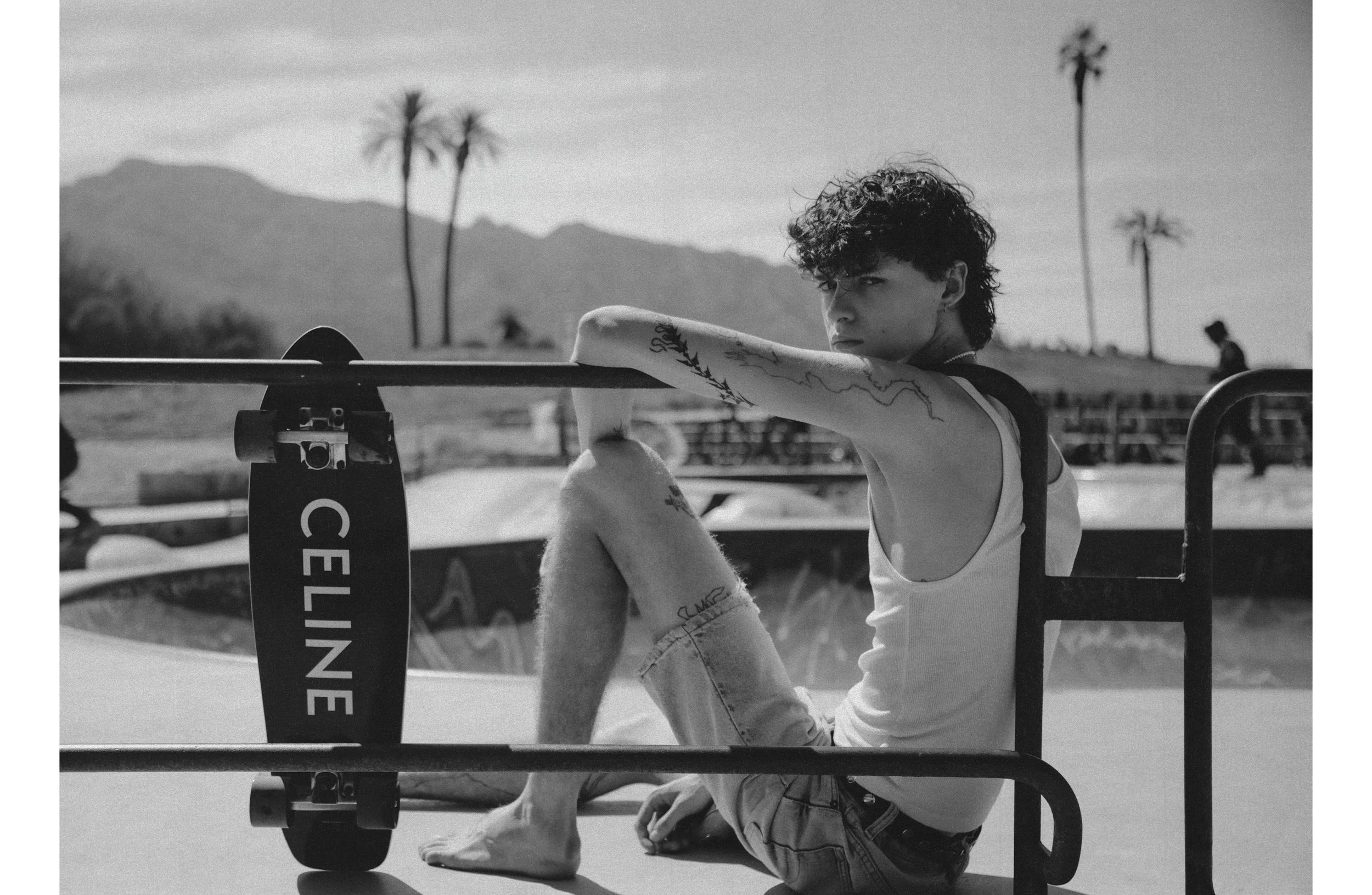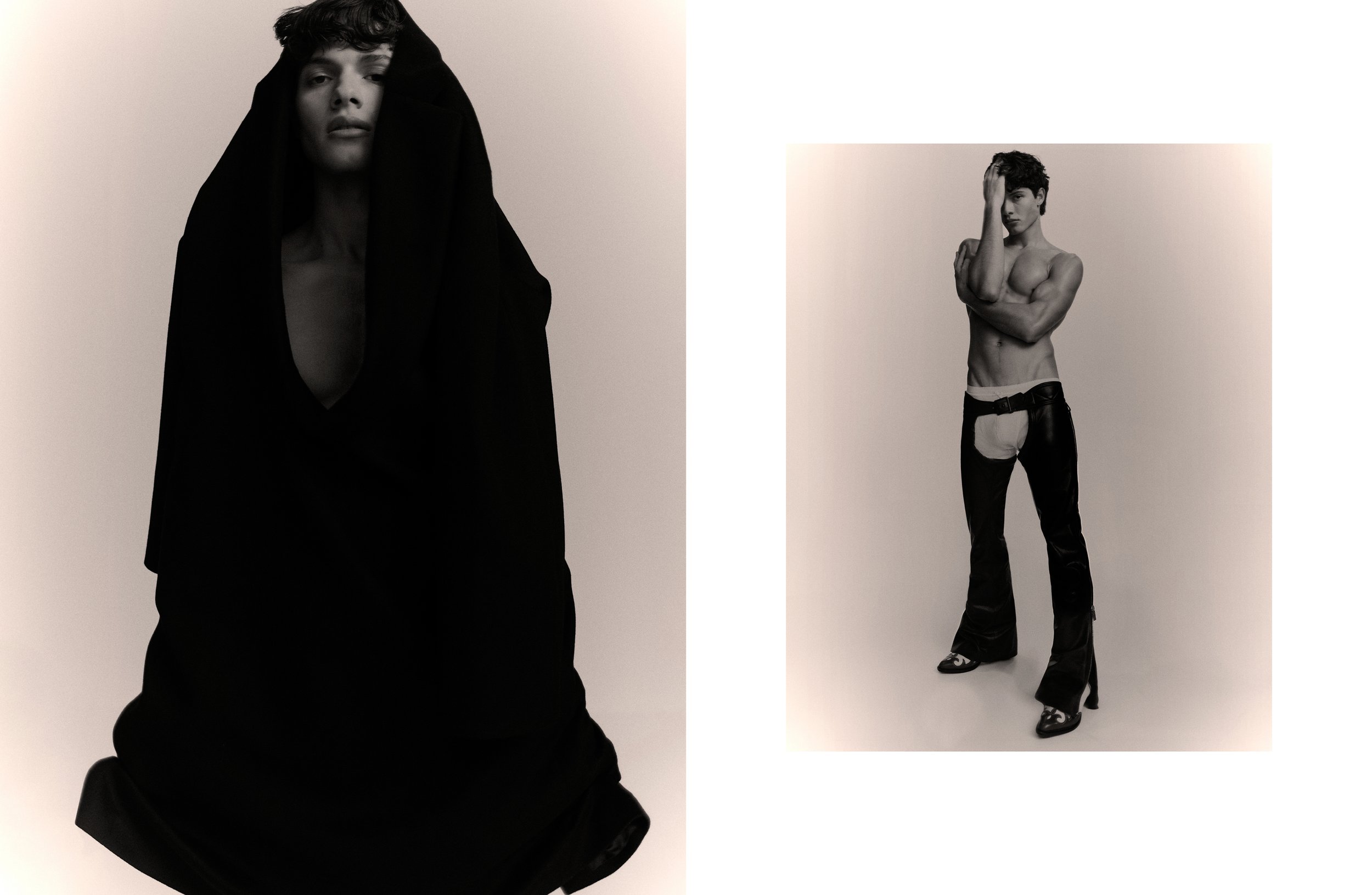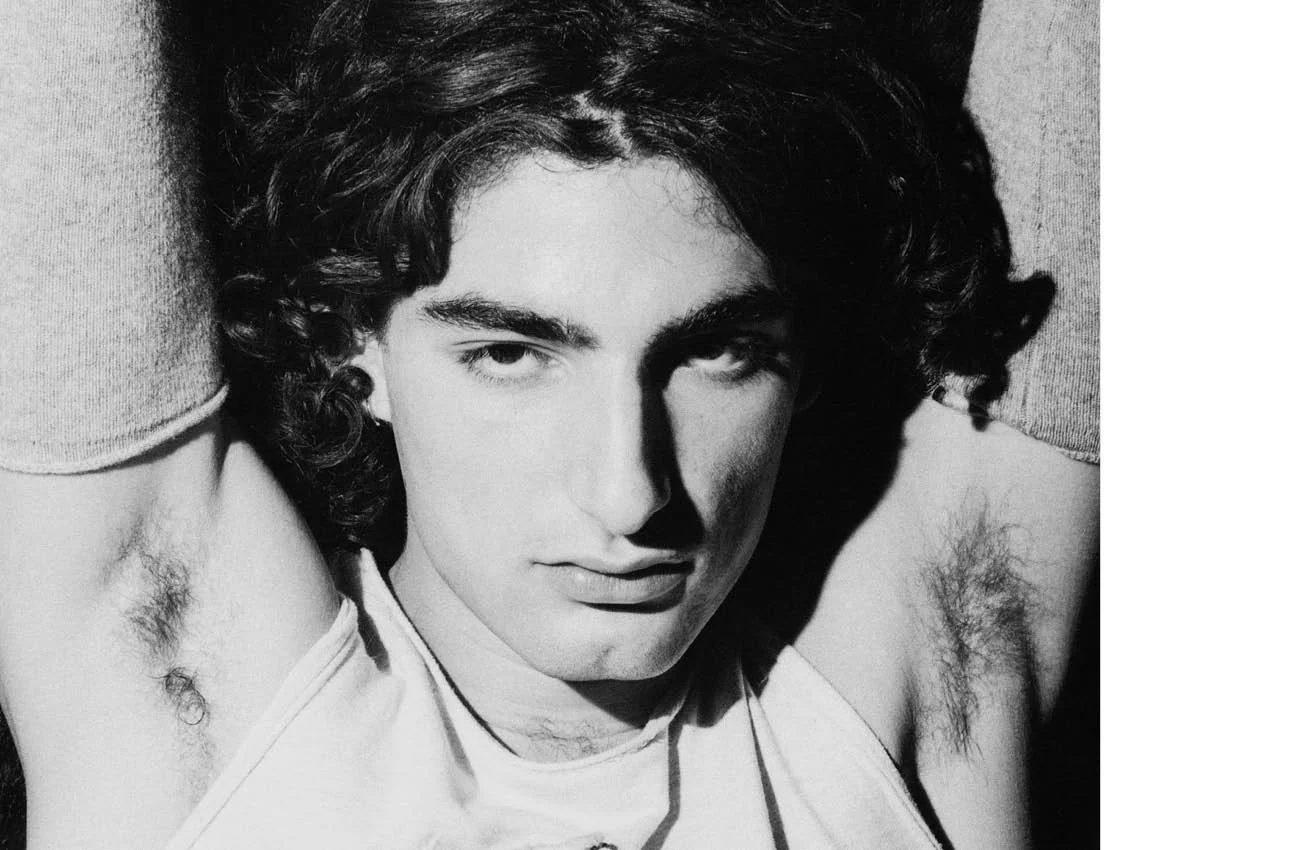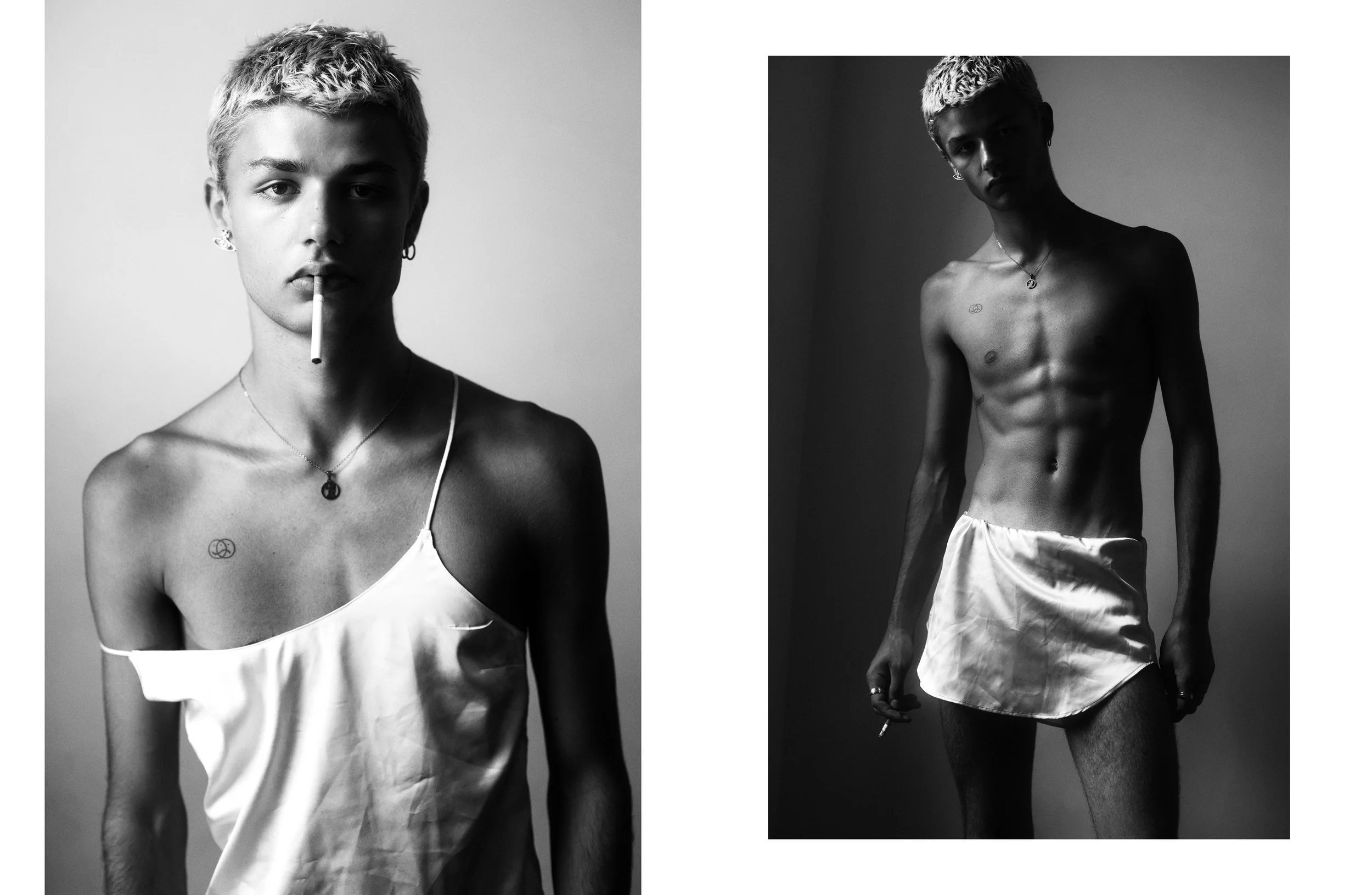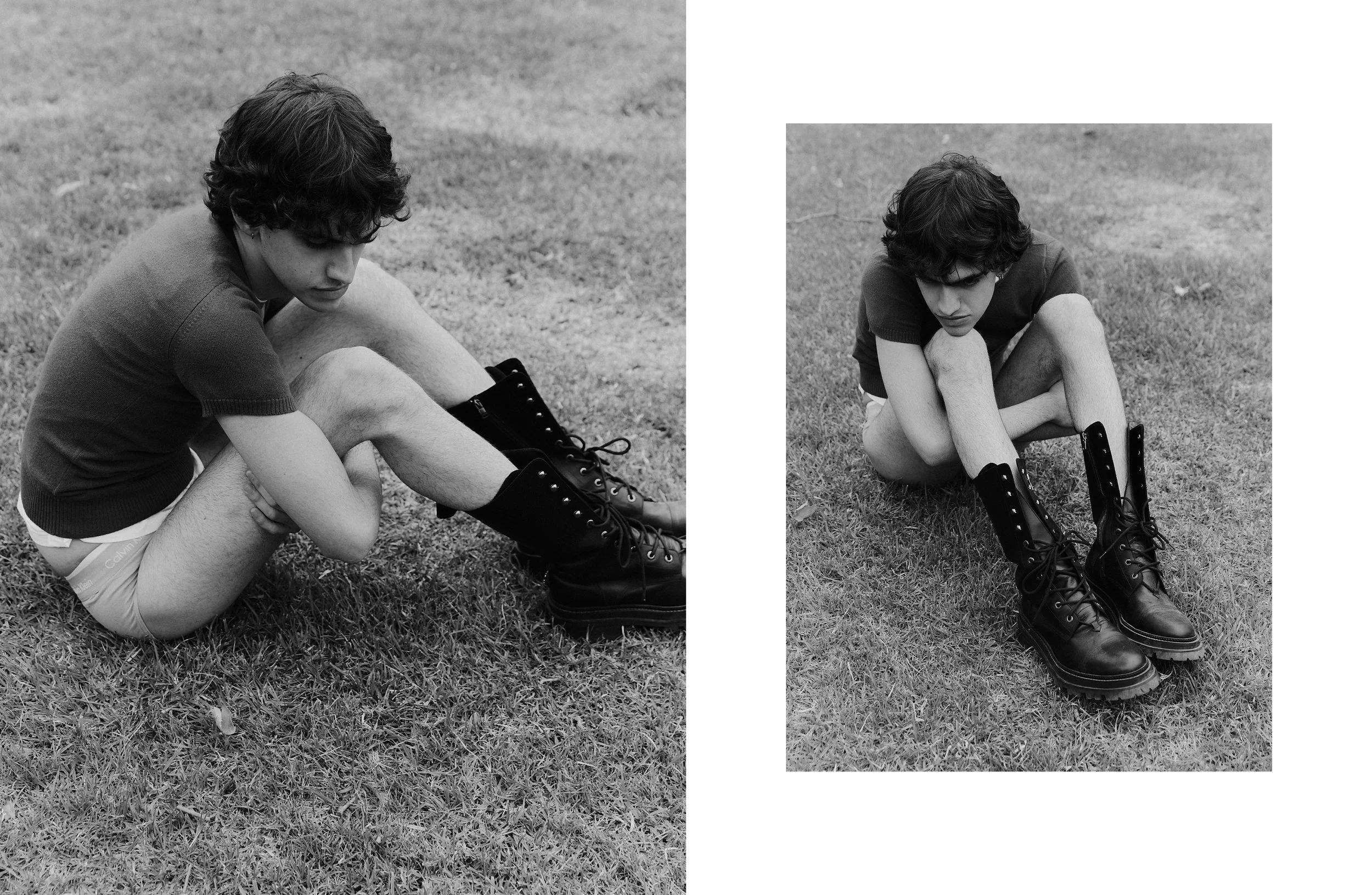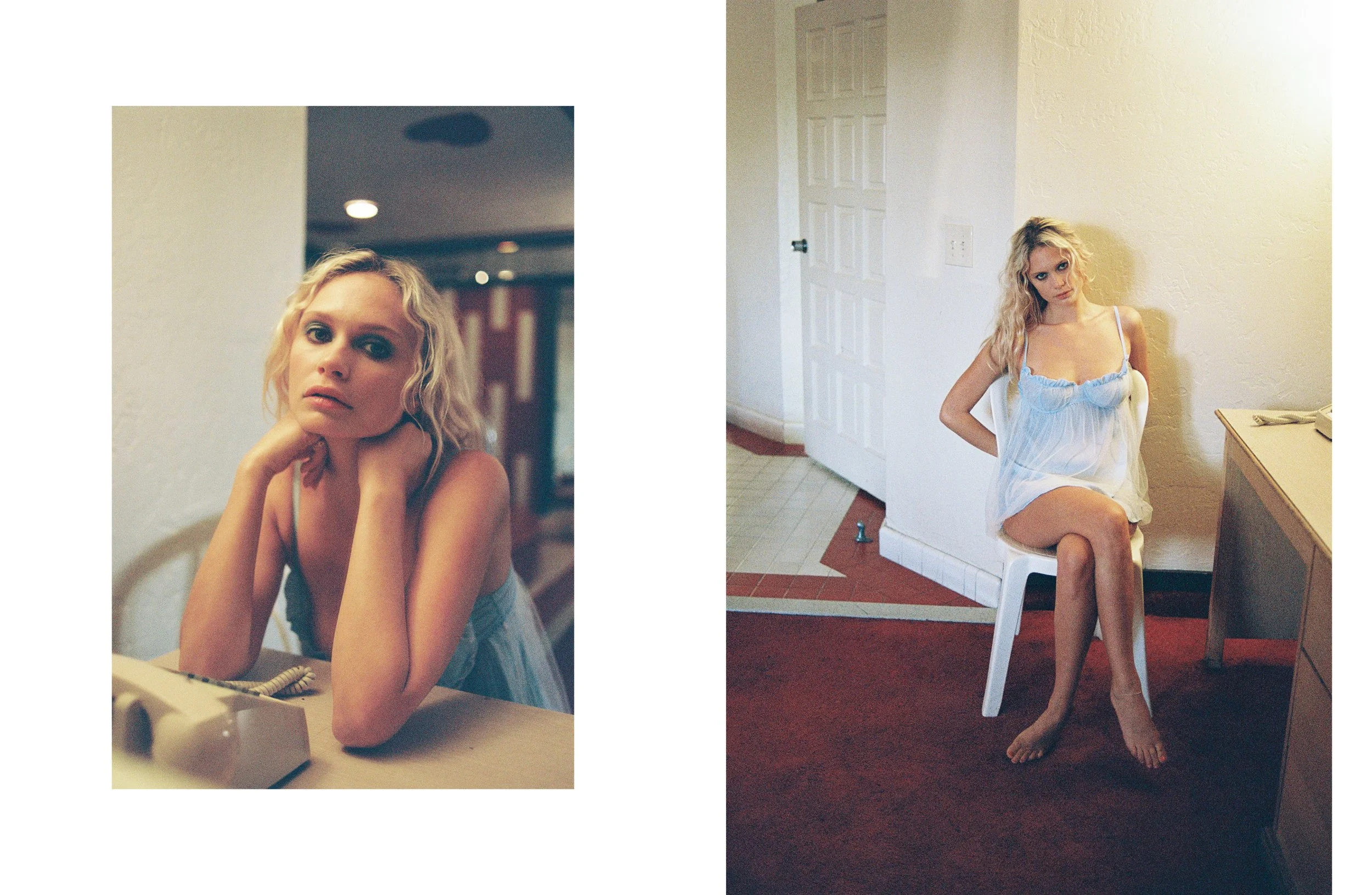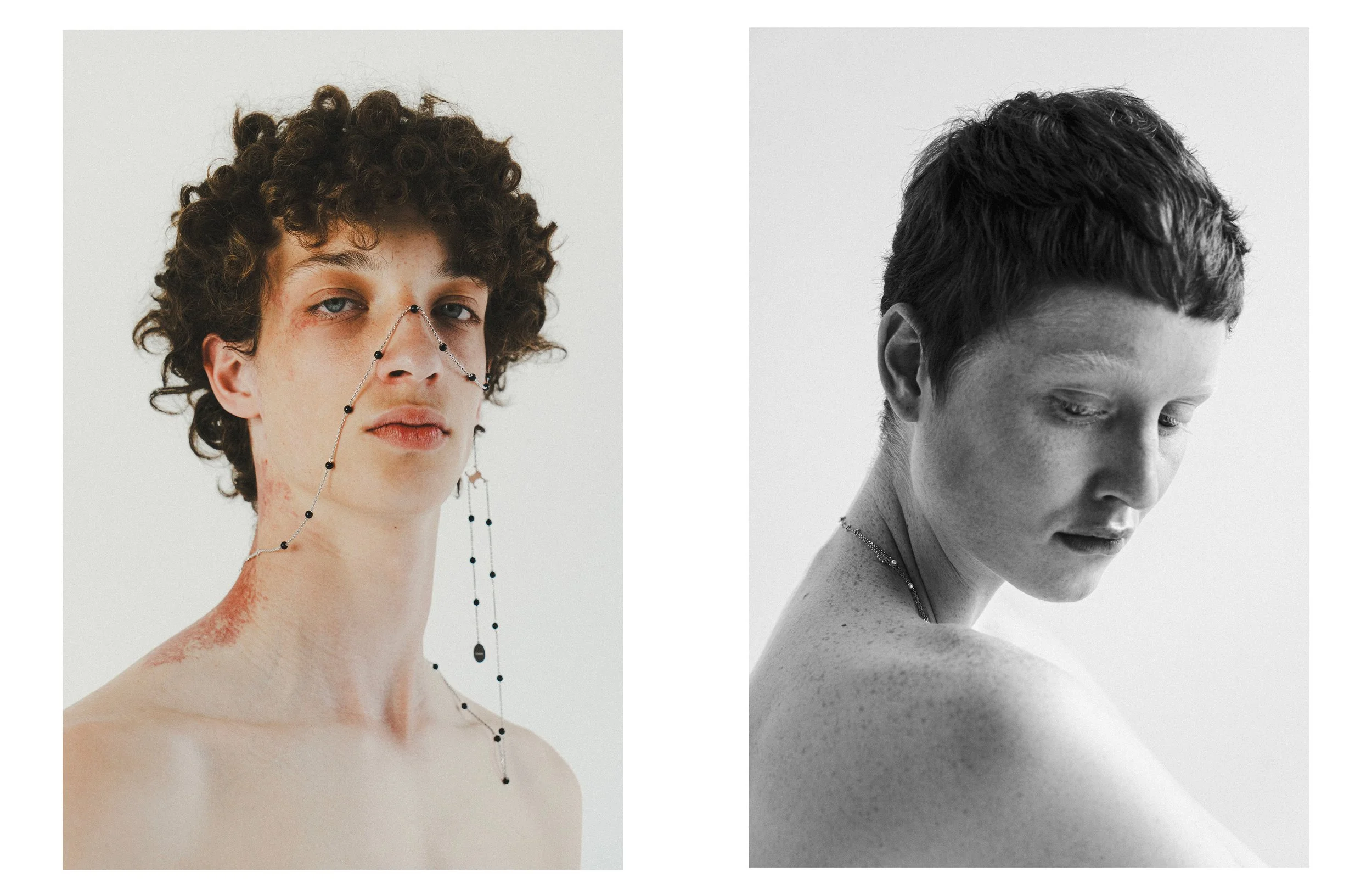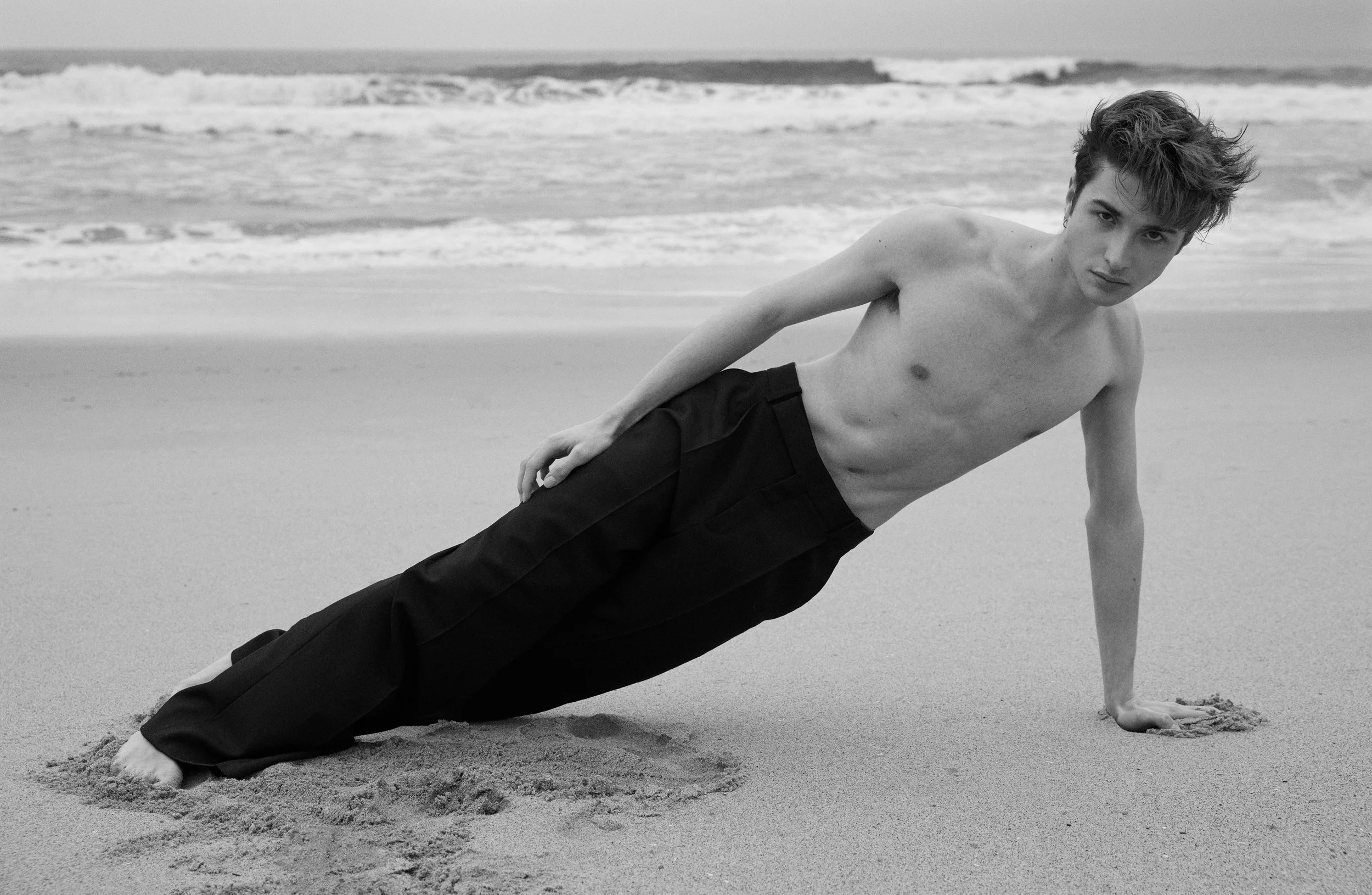A year ago, six Belgian designers who’s work is positioned between art and design, founded BRUT: a collective that was soon heard of by many and admired by even more in and outside the design business. One year later, Ben Storms, Bram Vanderbeke, Cédric Etienne, Charlotte Jonckheer, Linde Freya Tangelder and Nel Verbeke are rewarded by the Henry van de Velde Award for Young Talent. A conversation with the Six, as individuals and as a whole.
BRUT was founded a year ago. What did you learn since then?
We are more flexible in our looking for possibilities, in how we reinforce each other and in how we trust each others qualities. Working together requires openness, many dialogues and keeping an eye on our plans on the short as well as on the long term.
Did any unexpected advantages or disadvantages come up?
There’s a lot of work in setting up our expositions, but we cannot underestimate the possibilities it creates. Also, being different individuals, it is at times still a challenge to come to conslusions, yet this doesn’t feel like making compromises. It generates an added value.
BRUT gives each of us a certain freedom, as we, being individual initiators, influence what we put down together. Working together makes us also go deeper into the research of a certain theme and makes us think larger-scaled when it comes to scenography, network reinforcement…
BRUT been welcomed in a very positive way – the attention we got during and after Milan was certainly not what we expected. It challenged us in a way that we had to react to what was coming to us very quickly, but now we have found more balance in meeting external proposals.
BRUT knows a big success. What impact does that have on you as individual designers?
BRUT is still a cluster of individual design practices. The fact that we come out as a collective, generates attention of press and new contacts for each of us. Some of them are more interested in the collective and the scenographic aspects of BRUT, others want to know more about one of us as an individual designer. Next to that, BRUT gives each of us the freedom and space to present new work. It’s a stage that reinforces the individuality and the collective all at once.
Do you feel like BRUT inspires other designers to set up new collectives?
Definitely. Belgium doesn’t have that many collectives, but we notice that since we started BRUT, many young designers feel inspired. But working as a collective cannot be imposed. It’s something that is only possible when there’s a shared vision. Without it, things can work counterproductive. That’s an important knowledge we want to give: being a collective is not self-evident. Instead, it has to do with many aspects: the individual visions, the projects you are doing together, the objects you produce individually, the audience you want to reach…
Are there international collectives you look up to or are you being compared to other collectives?
We are compared to other collectives – yet not as for the content we produce. There is for example Envisions and Dutch Invertuals, which is not a collective in the way we are, as there is one organiser. In our first publication, we were called ‘The New Six’, in comparison to the Antwerp Six: six fashion designers who decided to join forces to create visibility during Paris Fashion Week and manifest their work. That is for us a beautiful comparison, as this collectivity was the start of something that has grown to strong and remaining values in the fashion business.
What are your plans with BRUT for the future?
First of all, we’re showing our second scenography as a collective – BODEM. Afterwards, we’re going to make a clear selection of fairs we would like to be a part of.
We look at everything step by step. We want to go further as BRUT and grow in a way that strengthens our individual practice as well as that of the collective as a whole.
/ Images by Alexander Popelier /




